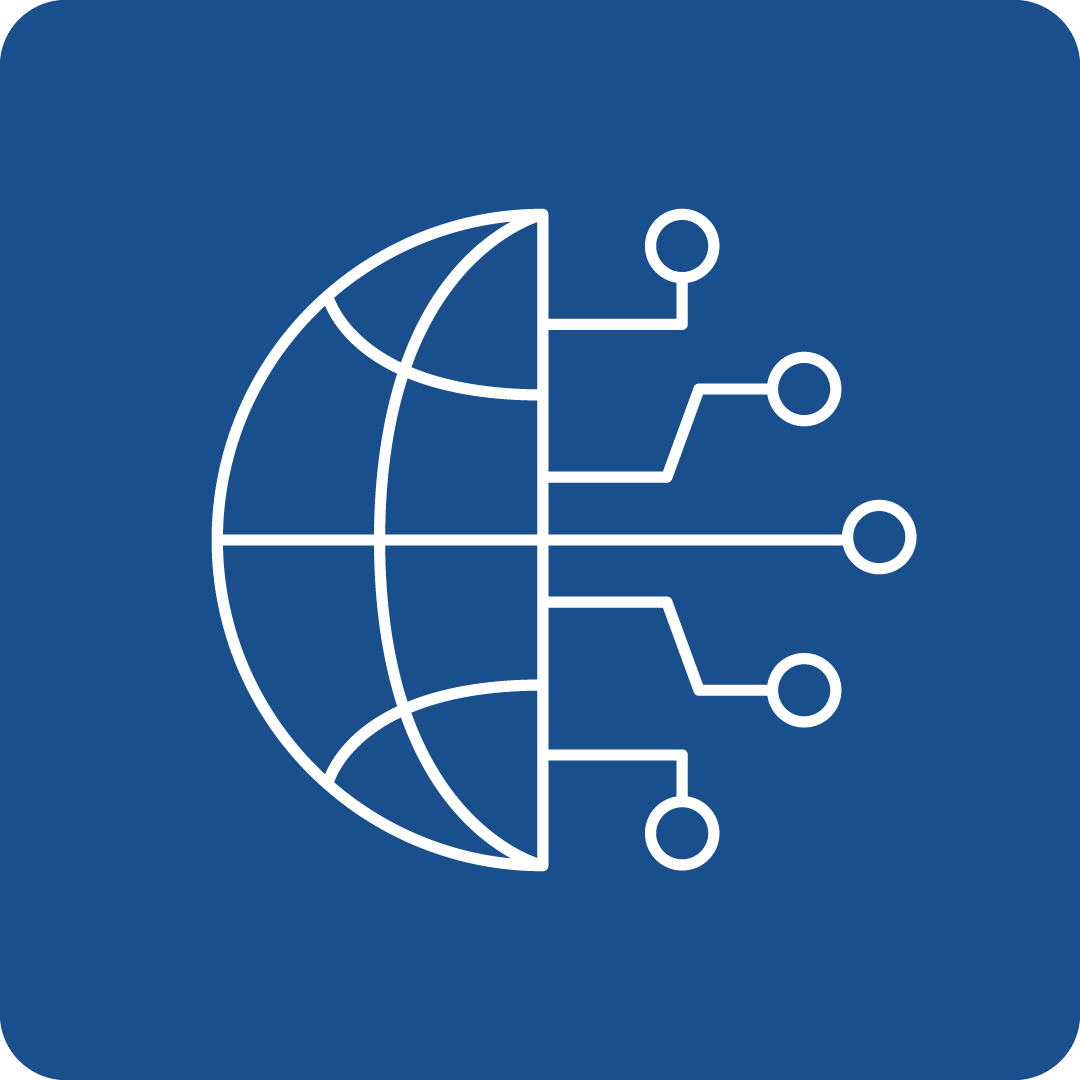Filter Search for grants
Call Navigation
Deadline expired
The deadline for this call has expired.
Call key data
Integrating European diversity in the design, development and implementation of CCAM solutions to support mobility equity (CCAM Partnership)
Funding Program
Horizon Europe: Cluster 5 - Climate, Energy and Mobility
Call number
HORIZON-CL5-2023-D6-01-04
deadlines
Opening
04.05.2023
Deadline
05.09.2023 17:00
Funding rate
100%
Call budget
€ 8,000,000.00
Estimated EU contribution per project
between € 3,000,000.00 and € 4,000,000.00
Link to the call
Link to the submission
Call content
short description
Projects should provide a geographical and cultural understanding of CCAM uptake and use, with the aim of contributing to a more integrated, diverse and people centric approach to the design, development and implementation of CCAM supporting mobility equity.
Call objectives
Research on the societal implications and deployment of CCAM systems and services has mostly been “geography- and culture-agnostic”, focusing instead on mobility behaviours at demographic level and prioritising factors like age and gender. However, European countries encompass multiple cultures, historical heritage, administrative structures, and public policy approaches (e.g. on climate change, digitalisation, and road safety) which may influence the uptake and use of CCAM. The range of cultural, geographical and policy diversities need to be integrated into the design, development and deployment of CCAM solutions. Such diversities can include infrastructure (certain regions have dedicated lanes for alternative mobility solutions, strong bike cultures), specific geographical dispositions (mountains, harsh weather conditions leading to car-captivity or a centralisation of mobility services), or cultural norms and working conditions (e.g. remote working or diverging innovation-friendly or privacy-centric cultures). Furthermore, there are also regional regulatory, policy and governance structures that influence the development and implementation of CCAM or other innovative services.
Adapting to and building on these European differences and similarities will ensure a more tailored, resilient and sustainable match between CCAM solutions, people and societal needs, thereby leading to higher public buy-in and societal benefits. R&I actions will therefore provide a geographical and cultural understanding of CCAM uptake and use, with the aim of contributing to a more integrated, diverse and people centric approach to the design, development and implementation of CCAM supporting mobility equity. Intersecting social factors, such as gender, age, social origin and income level should nevertheless be taken into account, where relevant.
The proposed actions are expected to address all of the following aspects:
- Evaluate how cultural and regional particularities have led to different transport infrastructure, societal settings, travel needs and behaviours.
- Develop methodologies that take into account the impact of cultural and regional diversities on attitudes, demand, uptake, and implementation of CCAM solutions, early in the design and development phase. In particular, these methodologies should combine this range of diversities and be based on:
- Aggregation of results from existing studies and pilots that have investigated isolated diversity aspects in automated mobility contexts.
- A systems perspective, with specific attention on the impact of CCAM on digital equity (e.g. methods for service payment and information, access to CCAM services, avoiding the negative equity effects of CCAM services without a human driver).
- Develop principles, criteria and recommendations for the developers and implementers of CCAM systems and services (including local decision-makers and policy makers) that foster the integration of geographical and cultural factors in the planning, design, development and implementation of CCAM through proactive and corrective measures.
- Propose indicators and approaches to enable a fair integration of cultural and regional factors in CCAM impact evaluation frameworks to better reflect the need for CCAM to support mobility equity.
- Develop mechanisms to transfer knowledge, e.g. maps, matrices or other instruments, to capture patterns and recurring typologies of settlements, infrastructure and travel indicators in Europe to foster dissemination of people-centric and sustainable CCAM solutions. Include documentation of lessons learnt and approaches for an iterative and long-term evolution and update of the mechanism (until 2030).
- Demonstrate the developed recommendations and the knowledge transfer mechanism by applying them in at least four pilot activities for CCAM systems and/or services. The majority of pilots should be about shared services and should cover passenger and goods mobility, although a primary focus on either people or goods mobility is possible. The pilots can be local, regional or national but are expected to represent cultural and geographical diversity in at least four European countries.
Projects should make use of the CCAM Knowledge Base to support their findings and to share research outputs.
This topic requires the effective contribution of SSH disciplines including ethics and the involvement of SSH experts, institutions as well as the inclusion of relevant SSH expertise, in order to produce meaningful and significant effects enhancing the societal impact of the related research activities. Projects should also ground their work in participatory processes to support their findings.
In order to achieve the expected outcomes, international cooperation is encouraged in particular with Japan and the United States but also with other relevant strategic partners in third countries.
This topic implements the co-programmed European Partnership on ‘Connected, Cooperative and Automated Mobility’ (CCAM). As such, projects resulting from this topic will be expected to report on results to the European Partnership ‘Connected, Cooperative and Automated Mobility’ (CCAM) in support of the monitoring of its KPIs.
read more
Expected results
Projects results are expected to contribute to all of the following outcomes:
- Increased knowledge about the influence of geographical and cultural dimensions on the societal acceptability, uptake and use of CCAM.
- Integration of geographical and cultural factors in the planning, design, development and implementation of CCAM solutions by CCAM developers and implementers (including decision-makers).
- A strategy to support the fair deployment of CCAM systems and services, adapted to local contexts and cultures, leading to enhanced acceptability and willingness to use CCAM in Europe, thereby contributing to CCAM’s expected societal benefits.
- Increased transferability of solutions, experiences, knowledge and lessons learnt between European cities, regions and projects that integrate geographical and cultural diversities in the development and deployment of CCAM.
Eligibility Criteria
Regions / countries for funding
Moldova (Moldova), Albania (Shqipëria), Armenia (Հայաստան), Azerbaijan (Azərbaycan), Belarus (Беларусь), Bosnia and Herzegovina (Bosna i Hercegovina / Босна и Херцеговина), Faeroes (Føroyar / Færøerne), Georgia (საქართველო), Iceland (Ísland), Israel (ישראל / إِسْرَائِيل), Kosovo (Kosova/Kosovë / Косово), Montenegro (Црна Гора), Morocco (المغرب), North Macedonia (Северна Македонија), Norway (Norge), Serbia (Srbija/Сpбија), Tunisia (تونس /Tūnis), Türkiye, Ukraine (Україна), United Kingdom
eligible entities
EU Body, Education and training institution, International organization, Non-Profit Organisation (NPO) / Non-Governmental Organisation (NGO), Other, Private institution, incl. private company (private for profit), Public Body (national, regional and local; incl. EGTCs), Research Institution incl. University, Small and medium-sized enterprise (SME)
Mandatory partnership
Yes
Project Partnership
To be eligible for funding, applicants must be established in one of the following countries:
- the Member States of the European Union, including their outermost regions
- the Overseas Countries and Territories (OCTs) linked to the Member States
- third countries associated to Horizon Europe - see list of particpating countries
Only legal entities forming a consortium are eligible to participate in actions provided that the consortium includes, as beneficiaries, three legal entities independent from each other and each established in a different country as follows:
- at least one independent legal entity established in a Member State; and
- at least two other independent legal entities, each established in different Member States or Associated Countries.
Any legal entity, regardless of its place of establishment, including legal entities from non-associated third countries or international organisations (including international European research organisations) is eligible to participate (whether it is eligible for funding or not), provided that the conditions laid down in the Horizon Europe Regulation have been met, along with any other conditions laid down in the specific call topic.
A ‘legal entity’ means any natural or legal person created and recognised as such under national law, EU law or international law, which has legal personality and which may, acting in its own name, exercise rights and be subject to obligations, or an entity without legal personality.
Specific cases:
- Affiliated entities — Affiliated entities (i.e. entities with a legal or capital link to a beneficiary which participate in the action with similar rights and obligations to the beneficiaries, but which do not sign the grant agreement and therefore do not become beneficiaries themselves) are allowed, if they are eligible for participation and funding.
- Associated partners — Associated partners (i.e. entities which participate in the action without signing the grant agreement, and without the right to charge costs or claim contributions) are allowed, subject to any conditions regarding associated partners set out in the specific call conditions.
- Entities without legal personality — Entities which do not have legal personality under their national law may exceptionally participate, provided that their representatives have the capacity to undertake legal obligations on their behalf, and offer guarantees to protect the EU’s financial interests equivalent to those offered by legal persons.
- EU bodies — Legal entities created under EU law including decentralised agencies may be part of the consortium, unless provided for otherwise in their basic act.
- Joint Research Centre (‘JRC’)— Where provided for in the specific call conditions, applicants may include in their proposals the possible contribution of the JRC but the JRC will not participate in the preparation and submission of the proposal. Applicants will indicate the contribution that the JRC could bring to the project based on the scope of the topic text. After the evaluation process, the JRC and the consortium selected for funding may come to an agreement on the specific terms of the participation of the JRC. If an agreement is found, the JRC may accede to the grant agreement as beneficiary requesting zero funding or participate as an associated partner, and would accede to the consortium as a member.
- Associations and interest groupings — Entities composed of members (e.g. European research infrastructure consortia (ERICs)) may participate as ‘sole beneficiaries’ or ‘beneficiaries without legal personality’. However, if the action is in practice implemented by the individual members, those members should also participate (either as beneficiaries or as affiliated entities, otherwise their costs will NOT be eligible.
other eligibility criteria
If projects use satellite-based earth observation, positioning, navigation and/or related timing data and services, beneficiaries must make use of Copernicus and/or Galileo/EGNOS (other data and services may additionally be used).
Additional information
Topics
Relevance for EU Macro-Region
EUSAIR - EU Strategy for the Adriatic and Ionian Region, EUSALP - EU Strategy for the Alpine Space, EUSBSR - EU Strategy for the Baltic Sea Region, EUSDR - EU Strategy for the Danube Region
UN Sustainable Development Goals (UN-SDGs)
![]()
Additional Information
All proposals must be submitted electronically via the Funders & Tenders Portal electronic submission system (accessible via the topic page in the Search Funding & Tenders section). Paper submissions are NOT possible.
Proposals must be complete and contain all parts and mandatory annexes and supporting documents, e.g. plan for the exploitation and dissemination of the results including communication activities, etc.
The application form will have two parts:
- Part A (to be filled in directly online) contains administrative information about the applicant organisations (future coordinator and beneficiaries and affiliated entities), the summarised budget for the proposal and call-specific questions;
- Part B (to be downloaded from the Portal submission system, completed and then assembled and re-uploaded as a PDF in the system) contains the technical description of the project.
Annexes and supporting documents will be directly available in the submission system and must be uploaded as PDF files (or other formats allowed by the system).
The limit for a full application (Part B) is 45 pages.
Contact
To see more information about this call, you can register for free here
or log in with an existing account.
Log in
Register now

